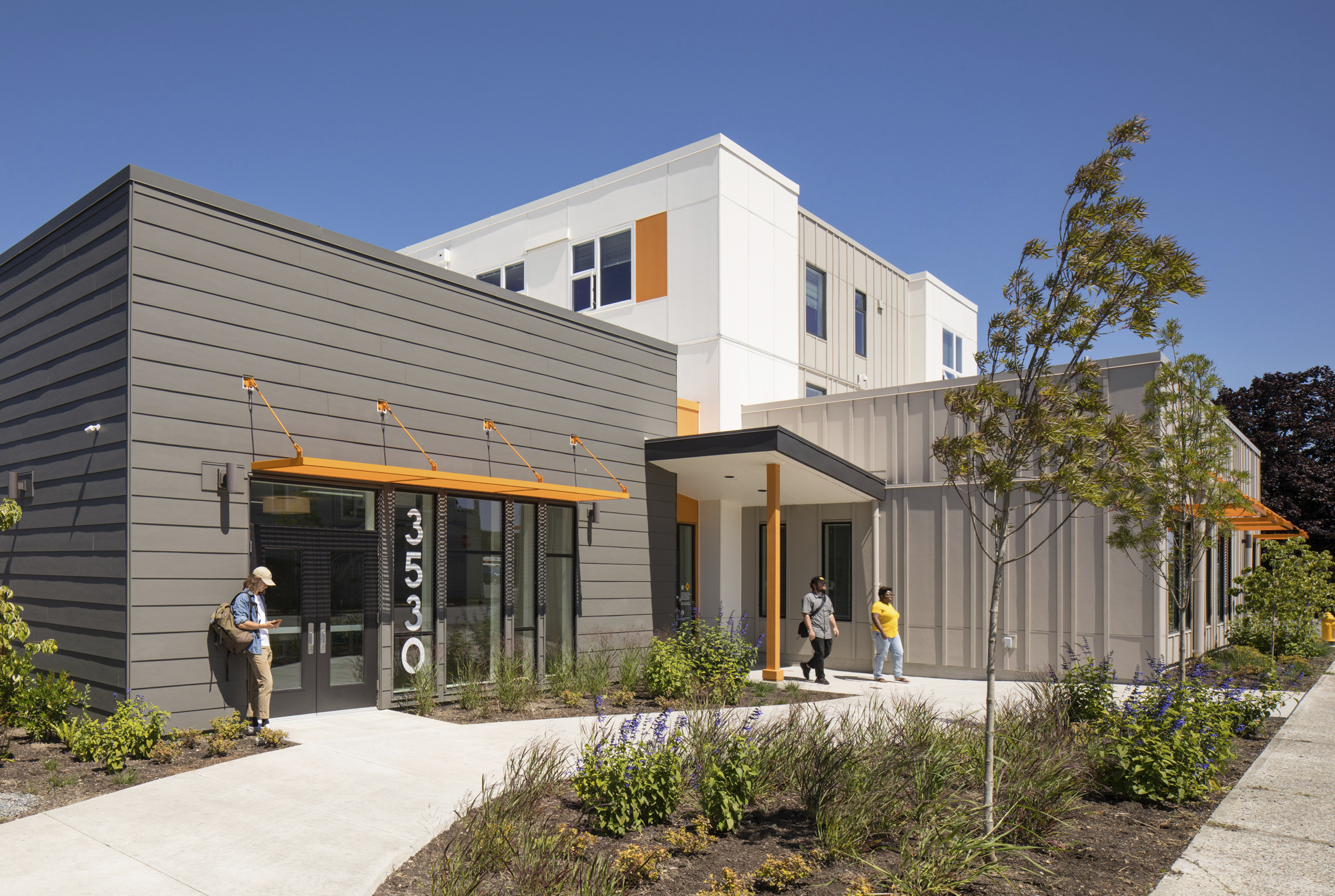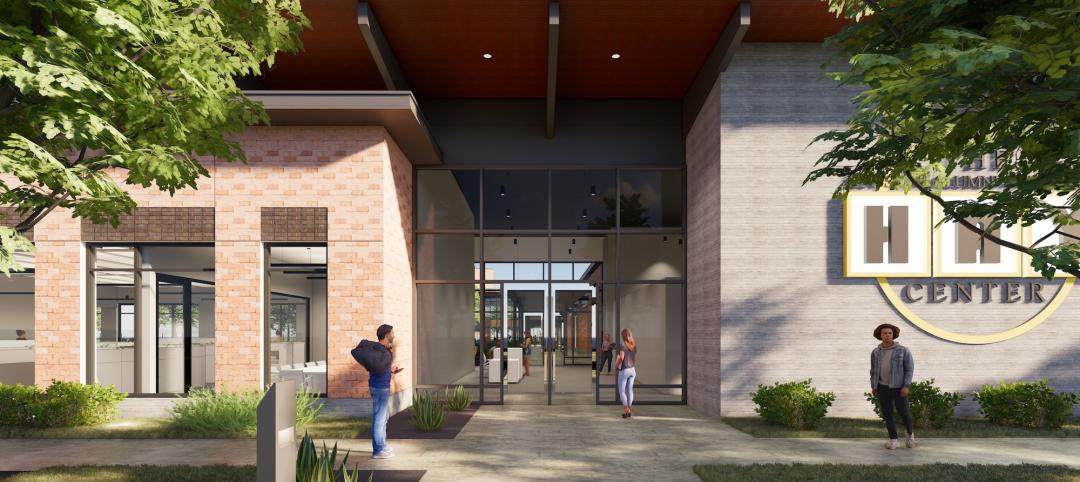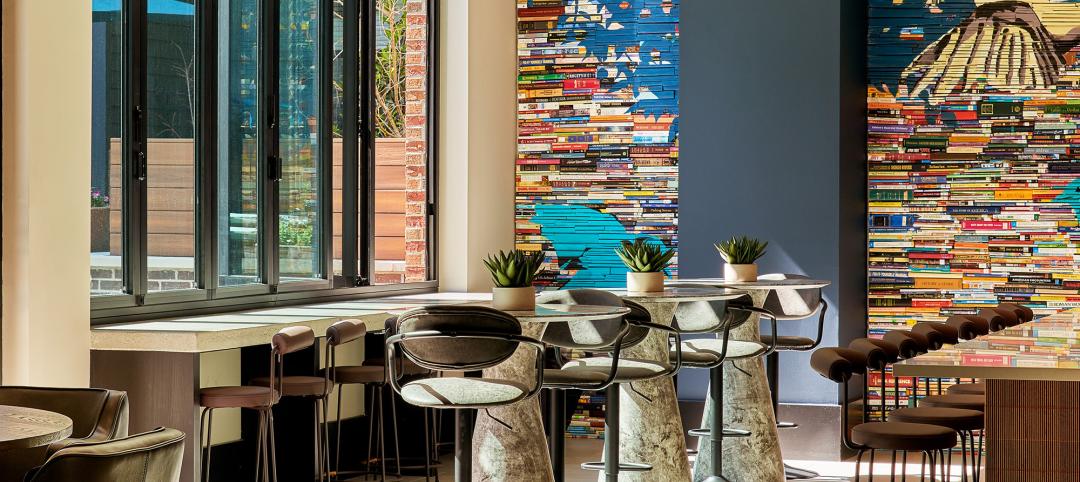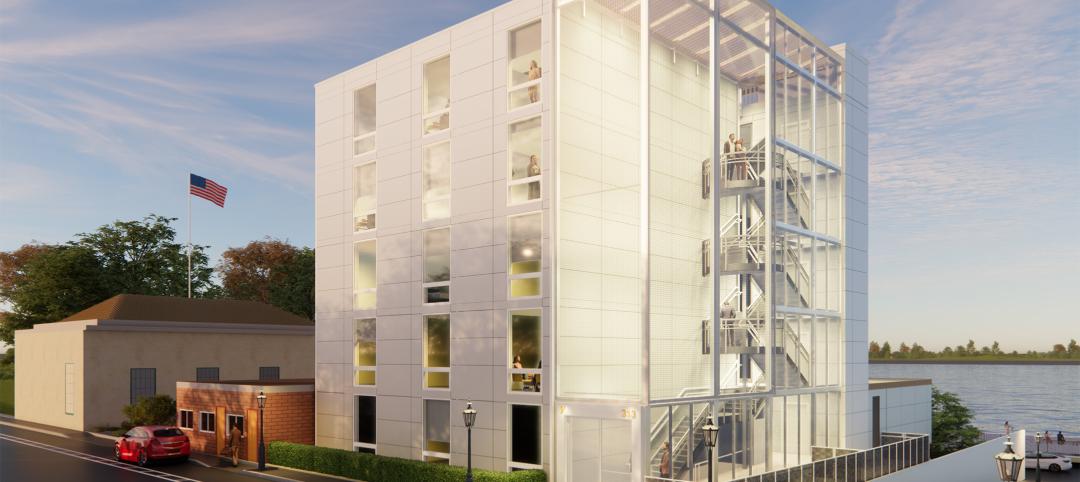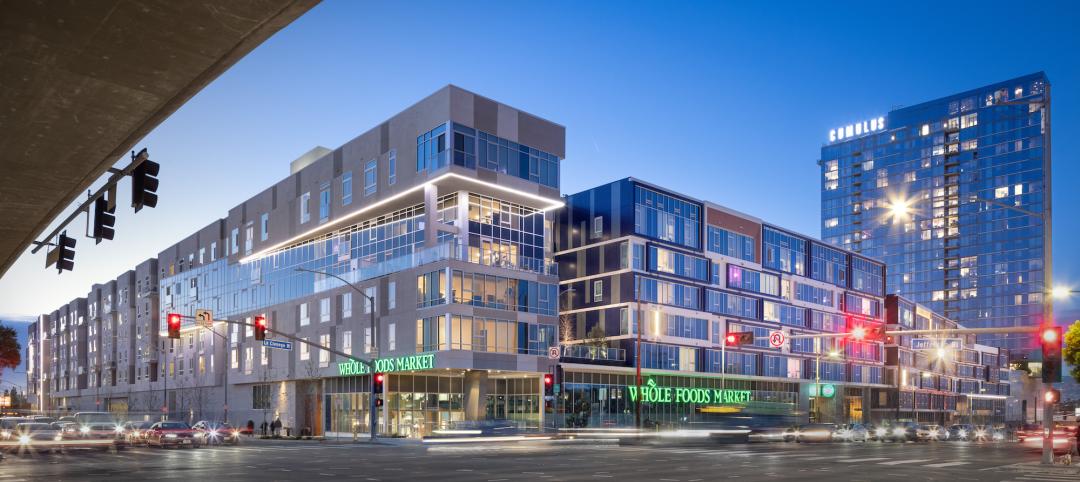Recently, while commuting past a tent community on my way to work, I was reminded that a medium- to large-sized city in the U.S. today without a homelessness problem is a rarity. In my home city of Seattle, for example, we need tens of thousands of new affordable units per year to keep up with population growth, which city officials expect to hit one million people by 2044.
As an architect who has focused on designing affordable housing developments in Seattle, Los Angeles, and Boise for more than 25 years, I know firsthand achieving these projects is complicated and requires the combined resources of developers, contractors, architects, engineers, and judicial plan reviewers, as well as a range of public and private funding sources. It also takes a huge amount of collective will.
In the face of this challenge, there is one simple but extremely powerful way to address the “problem” of affordable housing. We can change the language we use to describe housing and actively shift it to be more inclusive. The descriptor “essential housing” allows for that framework. While “affordable housing” often conjures associations with government handouts and helping those who cannot, for whatever reason, help themselves, the reality is there are huge swaths of our population for whom housing costs are prohibitive. They are our teachers, baristas, firefighters, nurses, and many other essential workers. For many in our communities, rising rents and increased demand for housing means they are only one paycheck away from being unhoused.
It’s time to stop thinking of affordable housing as a handout which is someone else’s problem to solve and start calling it what it is: Essential Housing, a crucial component of a thriving local community.
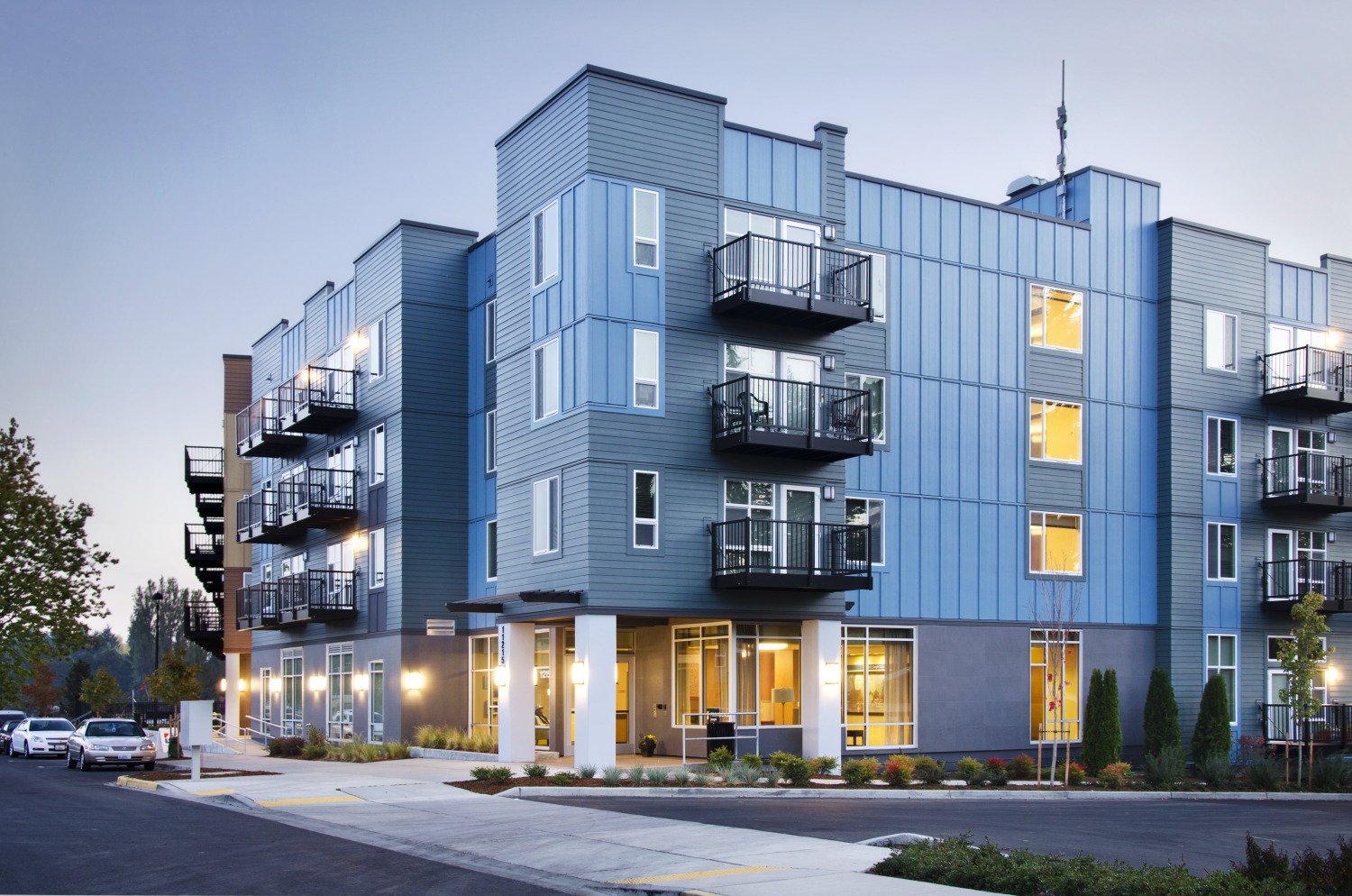
Essential housing is a collective endeavor
When we reframe housing as something essential to communities, many more possible solutions come to light. There are numerous connections between stable housing and other elements of community life such as wellness, faith, and public safety, and looking at housing through these lenses reveals new opportunities to tackle the issue.
Framing Essential Housing through the lens of healthcare reveals the link between stable housing and healthy community members. Anyone living unhoused, or in substandard living conditions, is at a greater risk for negative health impacts, and many mental health issues can only be solved after obtaining permanent housing. Understanding housing as essential to a healthy community means there are opportunities to direct medical investments toward the endemic housing shortage. At GGLO, our design for Providence Joseph House in south Seattle is a successful example of how healthcare companies—in this case, Washington-based Providence Health & Services—can direct resources towards bolstering the housing supply.
Looking at Essential Housing through a faith-based framework, we see the connection between stable housing and the necessary support services often offered by religious or mission-based entities. There are many examples of churches, synagogues, and temples using their available space to build much needed housing developments, including GGLO’s recently completed Cocoon House. This development provides 40 units of housing alongside support services for at-risk youth in Snohomish County, Wash., on the site of a former church.
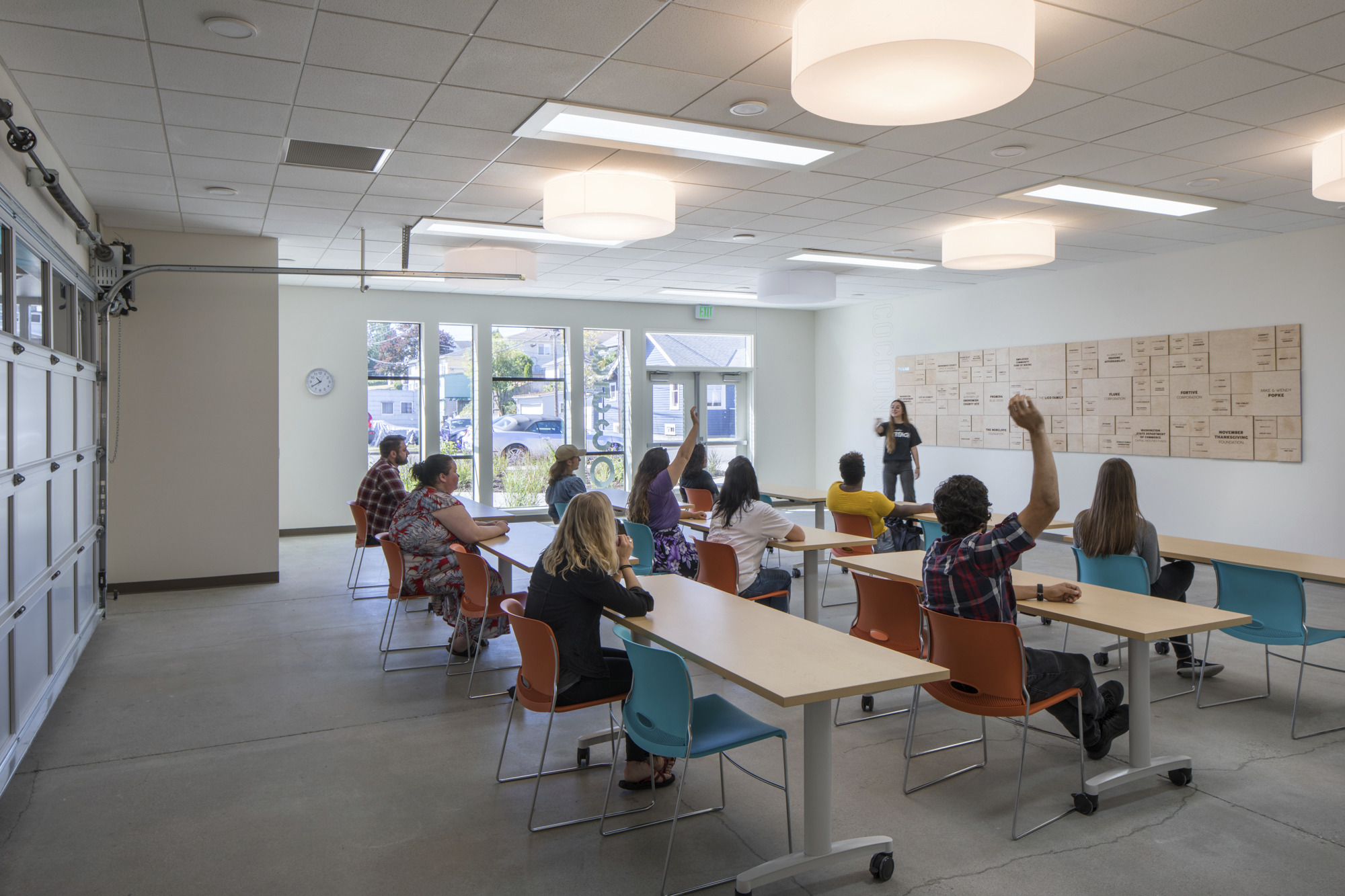
Understanding housing as an essential aspect of ensuring public safety asks us to treat the issue with more urgency. We hear proclamations of local, regional, and statewide housing emergencies year after year, yet we see the challenge continue to grow with little resistance. If we can act with a similar haste to public health emergencies like the COVID-19 pandemic, or to a flood, fire, or earthquake, we can make a meaningful impact.
Design solutions
Although the housing challenge is massive and impacts all aspects of community life, there is not a one-size-fits-all approach to solving it. The strategies must be as varied as the stories of those facing a lack of housing. It is truly not possible to create enough housing through traditional means; reframing the issue as essential can help drive a new sense of urgency and an all-hands approach to developing new solutions.
We are seeing great strides in modular and manufactured housing to speed up the production of this essential resource. Whether a full living unit, or a kit of parts that can be componentized and rapidly assembled, these strategies can rapidly create new shelter. Individual Tiny Homes provides rapid shelter, and multi-story buildings built from factory components can provide permanent stable homes on an expedited timeline.
Rezoning and densifying land for housing is rapidly occurring in cities like Seattle, Boise, and beyond. Former malls and retail centers are being adapted to housing, including Seattle’s Northgate Mall and Lynnwood’s Alderwood Mall, which GGLO is working to convert to transit-oriented redevelopments by creating new housing to complement existing retail infrastructure.
Converting existing vacant office buildings into residential is also seeing an increased opportunity, as evidenced by GGLO’s current Alloy at Midtown project in Phoenix, Ariz. This development takes advantage of the existing infrastructure to create housing at greater speed than new construction. We must match increasingly vacant office space to the huge housing needs across our communities.
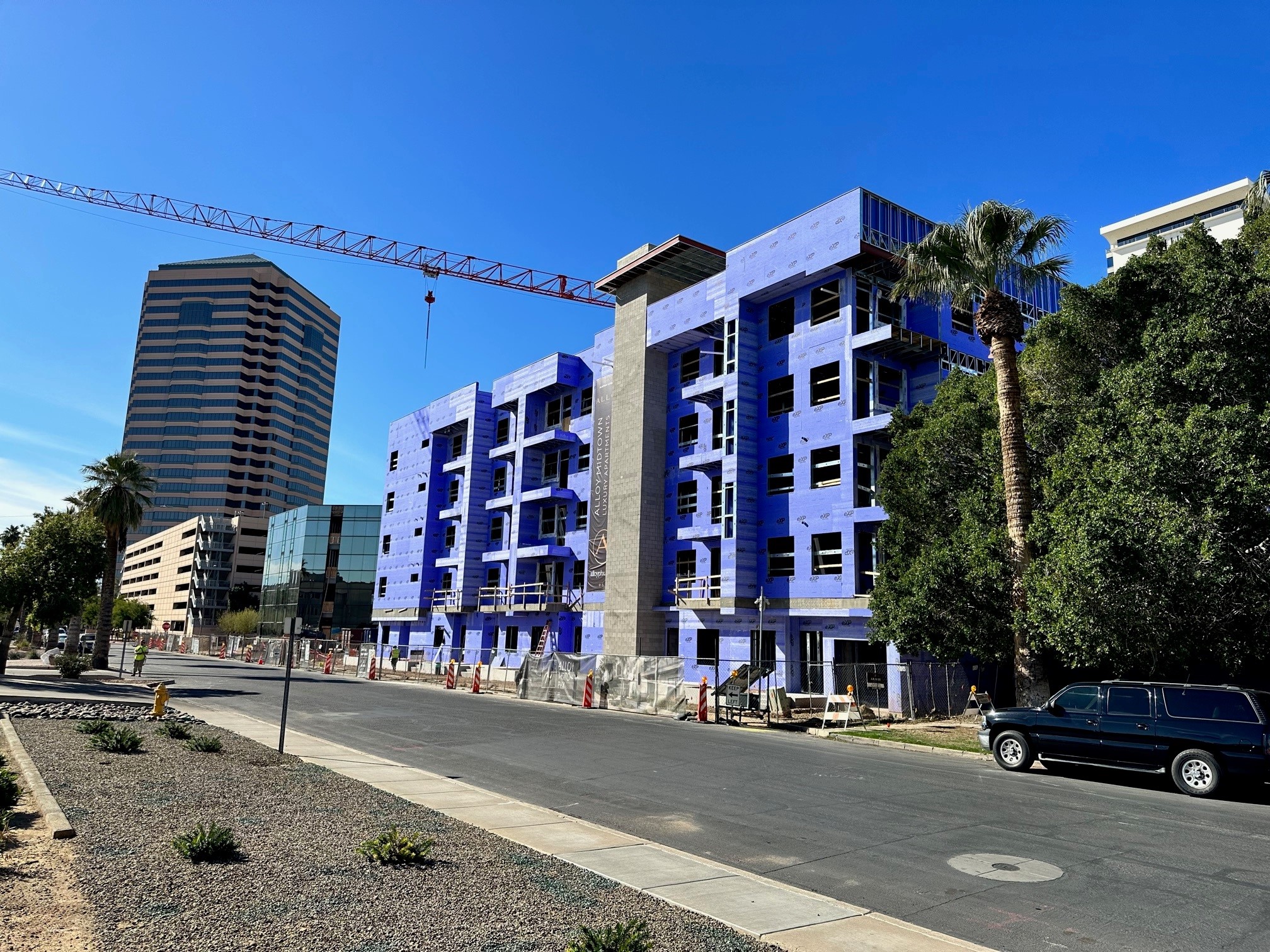
Always, we must remember the importance of an inclusive and community-centered process where integrated teams of designers, builders, operators, and users come together to plan buildings that address the unique needs of the communities where they are situated. Essential Housing requires new advocacy and creativity around the design and development process. Encouraging innovation and speed in permitting and jurisdictional processes, while still maintaining public health and safety, is imperative.
While much of this can feel overwhelming, it is possible if we come together as communities to address these pressing housing challenges. Changing the narrative to reframe housing as essential is a first step. Through the power of language, we can tap into our collective willpower and, hopefully, pool our energy and resources to build a better future.
Related Stories
MFPRO+ New Projects | Aug 10, 2023
Atlanta’s Old Fourth Ward gets a 21-story, 162-unit multifamily residential building
East of downtown Atlanta, a new residential building called Signal House will provide the city with 162 units ranging from one to three bedrooms. Located on the Atlanta BeltLine, a former railway corridor, the 21-story building is part of the latest phase of Ponce City Market, a onetime Sears building and now a mixed-use complex.
MFPRO+ New Projects | Aug 4, 2023
Nashville gets 'first-of-its-kind' residential tower
Global architecture firm Goettsch Partners announces the completion of Alcove, a new 356-unit residential tower in Nashville, Tenn., developed by Giarratana LLC.
MFPRO+ New Projects | Jul 27, 2023
OMA, Beyer Blinder Belle design a pair of sculptural residential towers in Brooklyn
Eagle + West, composed of two sculptural residential towers with complementary shapes, have added 745 rental units to a post-industrial waterfront in Brooklyn, N.Y. Rising from a mixed-use podium on an expansive site, the towers include luxury penthouses on the top floors, numerous market rate rental units, and 30% of units designated for affordable housing.
Affordable Housing | Jul 27, 2023
Houston to soon have 50 new residential units for youth leaving foster care
Houston will soon have 50 new residential units for youth leaving the foster care system and entering adulthood. The Houston Alumni and Youth (HAY) Center has broken ground on its 59,000-sf campus, with completion expected by July 2024. The HAY Center is a nonprofit program of Harris County Resources for Children and Adults and for foster youth ages 14-25 transitioning to adulthood in the Houston community.
Designers | Jul 20, 2023
Mary Cook Associates brews up coffeehouse-inspired apartment community
The MCA design team worked closely with the developer and design architect to create an interior concept inspired by Decatur, Ga.’s, tree-lined streets, boutique retail, and vibrant restaurant and coffee shop scene.
Modular Building | Jul 6, 2023
Lennar, Mastry Ventures make multi-million dollar investment in net-zero prefab homes
Mastry Ventures and LENx, the venture arm of homebuilder Lennar, have co-invested in Vessel Technologies’ next-generation housing product.
Mixed-Use | Jun 29, 2023
Massive work-live-play development opens in LA's new Cumulus District
VOX at Cumulus, a 14-acre work-live-play development in Los Angeles, offers 910 housing units and 100,000 sf of retail space anchored by a Whole Foods outlet. VOX, one of the largest mixed-use communities to open in the Los Angeles area, features apartments and townhomes with more than one dozen floorplans.
Multifamily Housing | Jun 28, 2023
Sutton Tower, an 80-story multifamily development, completes construction in Manhattan’s Midtown East
In Manhattan’s Midtown East, the construction of Sutton Tower, an 80-story residential building, has been completed. Located in the Sutton Place neighborhood, the tower offers 120 for-sale residences, with the first move-ins scheduled for this summer. The project was designed by Thomas Juul-Hansen and developed by Gamma Real Estate and JVP Management. Lendlease, the general contractor, started construction in 2018.
Apartments | Jun 27, 2023
Dallas high-rise multifamily tower is first in state to receive WELL Gold certification
HALL Arts Residences, 28-story luxury residential high-rise in the Dallas Arts District, recently became the first high-rise multifamily tower in Texas to receive WELL Gold Certification, a designation issued by the International WELL Building Institute. The HKS-designed condominium tower was designed with numerous wellness details.
Senior Living Design | May 8, 2023
Seattle senior living community aims to be world’s first to achieve Living Building Challenge designation
Aegis Living Lake Union in Seattle is the world’s first assisted living community designed to meet the rigorous Living Building Challenge certification. Completed in 2022, the Ankrom Moisan-designed, 70,000 sf-building is fully electrified. All commercial dryers, domestic hot water, and kitchen equipment are powered by electricity in lieu of gas, which reduces the facility’s carbon footprint.



